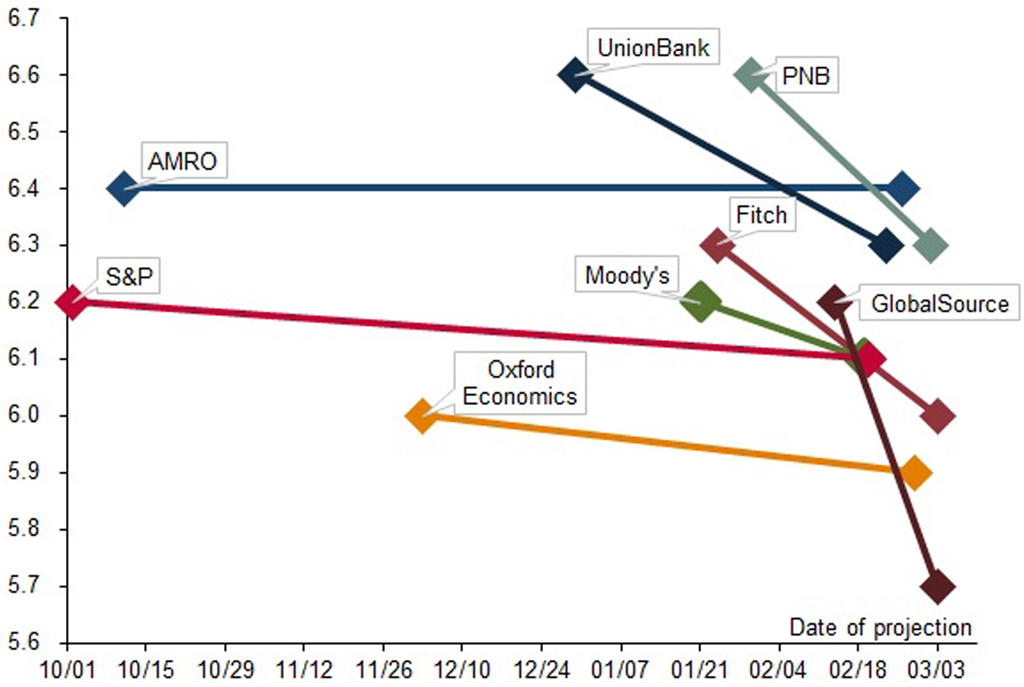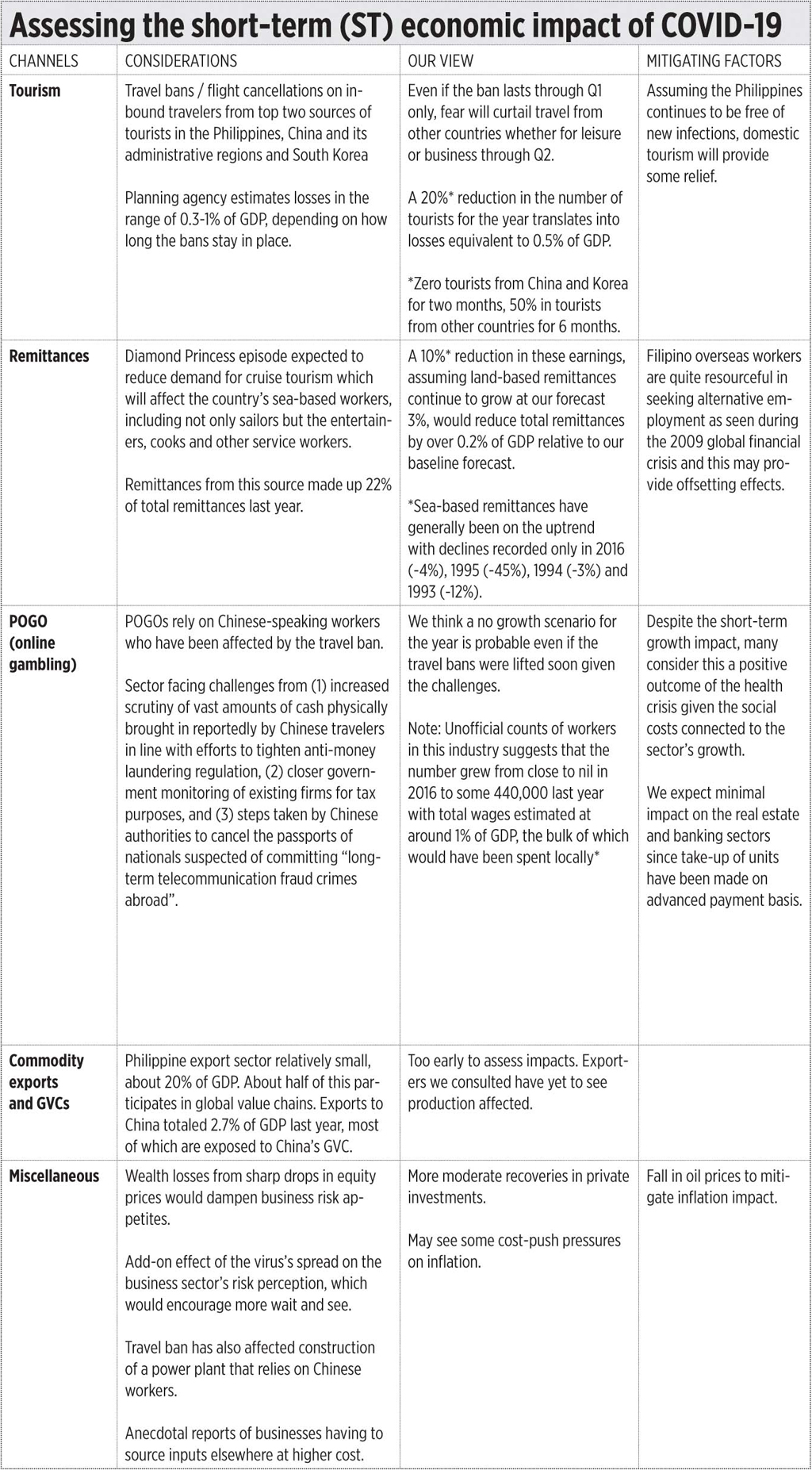In the early 2000s, the rise of fast-fashion brands like Zara, Mango, H&M, and Topshop caused a bloodbath among traditional fashion retailers. Unable to compete in price, style turnover, and vastness of selections, brands like Nine West, Diesel, and The Limited either filed for bankruptcy or were absorbed by bigger firms. Years later, when fast fashion brands hit the Philippines, local clothing retailers such as Regatta, Tab, Monakiki, Tyler and many others were either bought-out or closed.
Online shopping hit the mainstream some 10 years later, offering quick browsing through the flick of a finger, convenient (and reliable) delivery and secure payment platforms. Traditional brick and mortar retailers who were slow to adapt lost customers in droves. As a result, giants like Toys R’ Us, Barney’s New York, Radio Shack, Sears, Borders Book Store, and Gymboree all declared bankruptcies.
Technology has been the great disruptor of the retail industry. With technology, retailers are able to make the shopping experience more affordable, more convenient, more experiential and more exciting. Technology pushed the standards of retailing upwards. As a result, there is no more room for retailers who still display their goods on racks in a square box to be paid for at a cashier’s counter. The retail business is evolving so rapidly that those unable to adapt are doomed to fail.
A study by the Chicago based retail consultant, McMillan Doolittle, asserts that the 2020’s will usher-in a new wave of innovations in the retail scene. One of the more notable evolutions is that customers will no longer make a distinction between on-line shopping and store shopping. Both are expected to work in tandem to offer more excitement and more personalization. The seamless interface between online and physical shopping is the new “given” and should be part of every retailer’s strategy.
A Berksha store in Italy provides an excellent example of how online and traditional shopping can marry. In this store, customers can download an app where they can browse through the items for sale and place those that are of interest to them in a virtual shopping basket. They can opt to try-on the items or pay for them straight away. Upon pressing the send button, the store staff prepares the goods which will be waiting for the customer in the dressing room or the cashiers counter when he or she arrives at the store.
Inside the dressing rooms, there are tablets on which customers can request for alternative sizes, colors or styles. The app will also recommend complimentary pieces to the garment that is being fitted. For excitement, there are smart mirrors that can zoom in/out, rotate, and take still-shots or videos of the customer wearing the outfit which can be immediately shared on social media.
Berksha’s interface between online and traditional shopping allows customers to browse through the store without carrying a basket full of merchandise. Moreover, it makes the tedious process of fitting clothes much easier and allows customers to immediately share their photos on their social media accounts.
Another emerging trend is to provide “extreme convenience” while shopping. Recognizing that customers these days are busy, progressive retailers are eliminating the friction points in the shopping process. Friction points are factors that prevent a customer from purchasing. This includes grappling with the selection process, paying, having to physically carry the product home, among others.
IKEA Spain shows us how to provide “extreme convenience” through its new store format called IKEA Diseña. This particular store model is not a typical IKEA store with massive retail space. It is a store that can be as small as 25 square meters.
Inside the store is a team of interior designers who attend to customers. Through 3D graphics, they design the customer’s space using IKEA products, all of which are available in the online store. Once the customer is satisfied, the order is made and goods are delivered to the customer for which assembly services are free.
With this model, the customer is relieved from the tedious process of selection and physically hauling the product home. On top that, customers benefit from the expert advise of a professional. The model has been so successful that there are now 12 IKEA Diseña stores around Spain.
Another emerging trend is creating “extreme experiences.” It is all about creating instagrammable moments through lavish displays and grand gestures.
The rationale behind “extreme experience” is that customers do not choose products solely for necessity or value — but more so, for emotion. The higher the emotion, the higher the probability of a purchase and level of brand loyalty.
Hi Panda in Japan provides a perfect example. Hi Panda is a sportwear retailer that is the anti-thesis of Hello Kitty. Hi Panda is a brand that depicts itself as tough, angry and with an attitude. It is focused on consumer below the age of 30.
In its flagship store in Japan, Hi Panda uses augmented reality to heighten the customer’s experience. On the street level, customers are pulled into the store by an angry bear that jumps out at passersby when they point their phones at the store’s façade. Inside the store, augmented reality and light interaction create the illusion of the bear’s ghost appearing between racks of clothes. The ghost also makes an appearance in the fitting rooms.
Visiting the store has become an event for which everyone leaves with a bag of merchandise as a remembrance of their extreme experience.
The fourth trend has to do with sustainability. Today’s customers are extremely conscious about the environment and the food they eat. Customers are looking to align their values with retailers. Consumers connect at a deeper level with brand that makes them feel like they are making a difference.
Lush, a bath and spa retailer, built a store in the United Kingdom with the goal of increasing education around the impact of single use plastic cups. It offers free coffee or tea to all customers who bring their own coffee cup or those who purchase compostable or biodegradable ones. It covered its walls with educational facts about waste reduction to send the message that Lush is all about sustainability.
Through its initiative, Lush demonstrated its commitment to saving the planet. It has since attracted customers who share the same ideals.
The retail industry is a cutthroat business that is evolving at lightning speed. It would be interesting to see how local retailers like SM, Bench, Penshoppe, and Abensons keep up.
Andrew J. Masigan is an economist.



